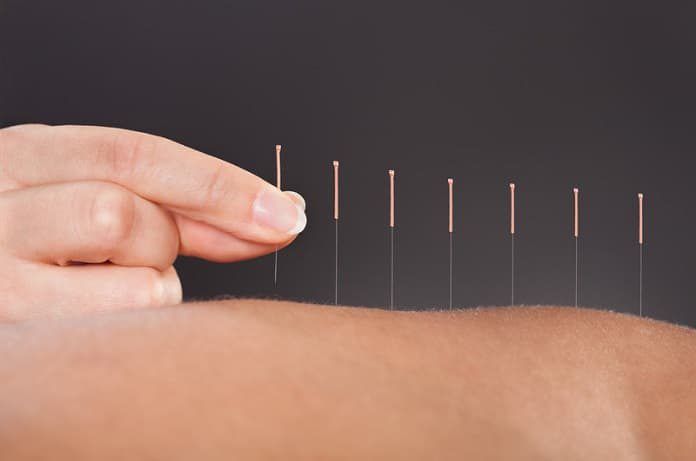Neural hemorrhaging is a condition with a high mortality rate and invasive conventional treatments. Acupuncture offers a non-invasive alternative that may reduce the negative side effects of suffering a stroke.
Neural hemorrhaging is a common and very dangerous form of stroke. Particularly dangerous are thalamic hemorrhages, which account for 15% of all spontaneous intracerebral hemorrhages (ICHs). These types of strokes are especially harmful because of their location and the vital functions of the thalamus. Invasive procedures, such as surgery, are quite dangerous but conservative approaches may not relieve the intracranial pressure and resultant damage. This presents physicians with a difficult decision.
Acupuncture is a popular branch of traditional Chinese medicine (TCM), which has been used to treat cerebral hemorrhaging in the past. A major cause of damage of intracranial bleeding is the inflammation and swelling that encroaches on other areas, and acupuncture is believed to reduce these and improve recovery. Though it has been used in the past, its clinical efficacy is unknown and its effects on thalamic hemorrhaging patients have not been assessed. Researchers are interested in investigating acupuncture for stroke treatment, both independently and in combination with conventional medicine.
In a protocol published in BMC Complementary and Alternative Medicine, Wang et al. outline how they will investigate whether acupuncture can improve neurological outcome following thalamic hemorrhage. They plan on recruiting patients with moderate thalamic hemorrhage and dividing them into eight groups to reflect four different types of the condition, with a study and control group for each. All patients will receive standard treatment, including anticonvulsant therapy, antihypertensives and osmotic diuretics, while patients in study groups will additionally receive 36 sessions of acupuncture. Patients will undergo neurological assessments at the end of treatment, and at 30 and 90 days post-treatment. In addition, CT scans will be performed at baseline and 90 days post-treatment. Acupuncture treatment will take place once a day, six days a week for six weeks. The researchers expect that acupuncture will improve the neurological outcome of patients compared to conventional treatment.
Written By: Wesley Tin, BMSc



